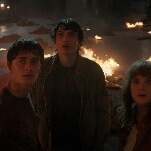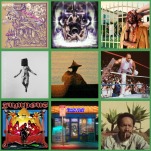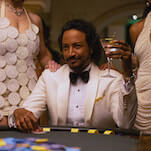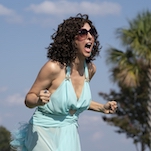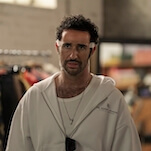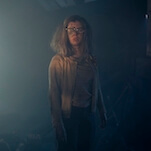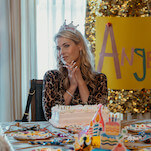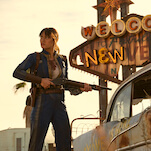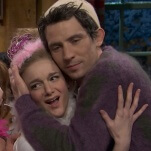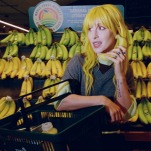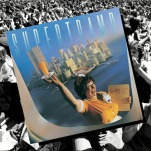Pamela Anderson outshines her own fable in The Last Showgirl
A miraculous turn by Pamela Anderson shoulders a slipshod film examining the impossibility of womanhood.
Photo: Roadside Attractions
The irony of starring in Gia Coppola’s The Last Showgirl—about an aging Vegas dancer who lionizes the past as she grapples with her career, and life, being taken from her—is that Pamela Anderson has been given the exact opposite of what her character, Shelly, longs for. A woman of infamy during the ‘90s quietly relegated to the butt of jokes and reality television for much of the decades after, Anderson took the lead role of Roxie Hart in Chicago on Broadway for eight weeks in 2022 and now, at 57 years old, has been given what the actress described as “the role I have been waiting for my entire career.” The world is cruel to women, but Hollywood is crueler, and it’s even crueler than that towards women past a “certain age” which seems to only keep getting younger. Anderson spent years mired by scandal and media cruelty, but if there’s one thing that Hollywood loves more than hating women, it’s a comeback story.
With this personal narrative in mind, Anderson’s performance is made all the more powerful in a film that otherwise coasts on the strength of its lead actor. Anderson stars alongside Kiernan Shipka and Brenda Song, as Jodie and Mary-Anne, respectively, all dancers in an old-school, last-of-its-kind show on the Vegas strip called “Le Razzle Dazzle.” Shelly likes to remind her younger cohorts constantly of that allegedly French-inspired style as validation of the show’s high-class edge in comparison to the more contemporary nudie shows they compete with. But it’s likely that old-fashioned flair which has made it nose-dive in ticket sales after almost 40 years, and thus made it easier for the owners of their theater to trade Le Razzle Dazzle for a circus act.
This bombshell—dropped on them by the show’s producer, Eddie (Dave Bautista)—puts the three women in financial precarity. But no one has more reason to be concerned than Shelly, not only at the tail-end of middle age (Anderson’s unequivocal beauty notwithstanding) but also stuck in her ways like a stubborn mule. Shelly physically lives in the past, not only devoted to a show frozen in time and carrying herself like the same nervous, naïve young woman she might have been 30 years ago, but also decorating her home so that it practically looks like a set from an old Hollywood film—and she watches those, too. All the while she is viewed as a surrogate mother figure by the younger women around her, a somewhat unrequited label that she responds to with reproach. The chance to make up for her failings as a single mom to Hannah (Billie Lourd) isn’t something she’s interested in—she’d rather be viewed by Jodie and Mary-Anne as a peer.
Shelly commiserates with her friend Annette (Jamie Lee Curtis), a former showgirl and current cocktail waitress. Annette has been experiencing her own dose of age-related prejudice as she finds her hours increasingly cut to make room for the younger servers. Older women are quietly shuffled off, out of sight, out of mind, so that they just disappear as if they’d never been there at all; as if they had died along with their younger selves. It’s an unfortunate fact presented in sharp contrast against Coppola’s film, which plainly shoots Anderson and Curtis in little to very revealing clothing, like in a refreshing scene where Shelly accompanies Annette to change in her work locker room and Curtis strips to only her bra and underwear. Presented in a medium shot, Autumn Durald Arkapaw’s camera does not opt for a close-up to shield the audience from a 66-year-old woman’s body.





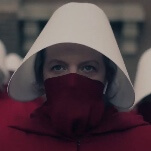
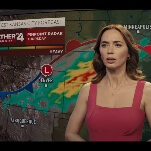
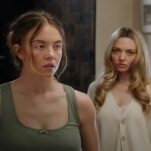
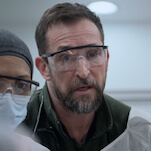
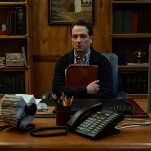
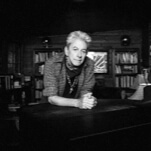



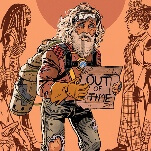
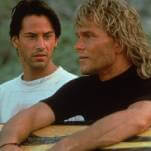





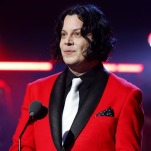

![Rob Reiner's son booked for murder amid homicide investigation [Updated]](https://img.pastemagazine.com/wp-content/avuploads/2025/12/15131025/MixCollage-15-Dec-2025-01-10-PM-9121.jpg)

